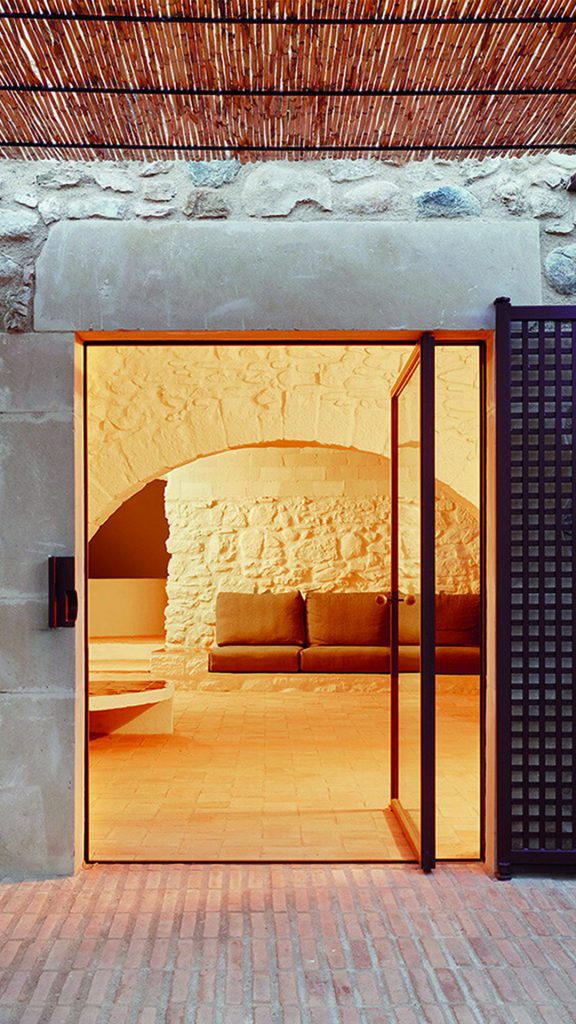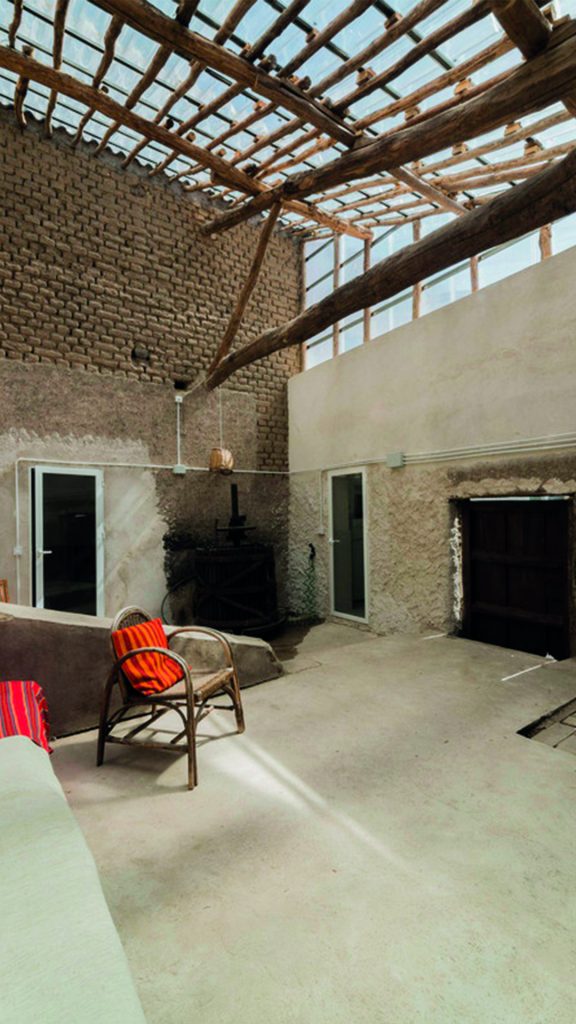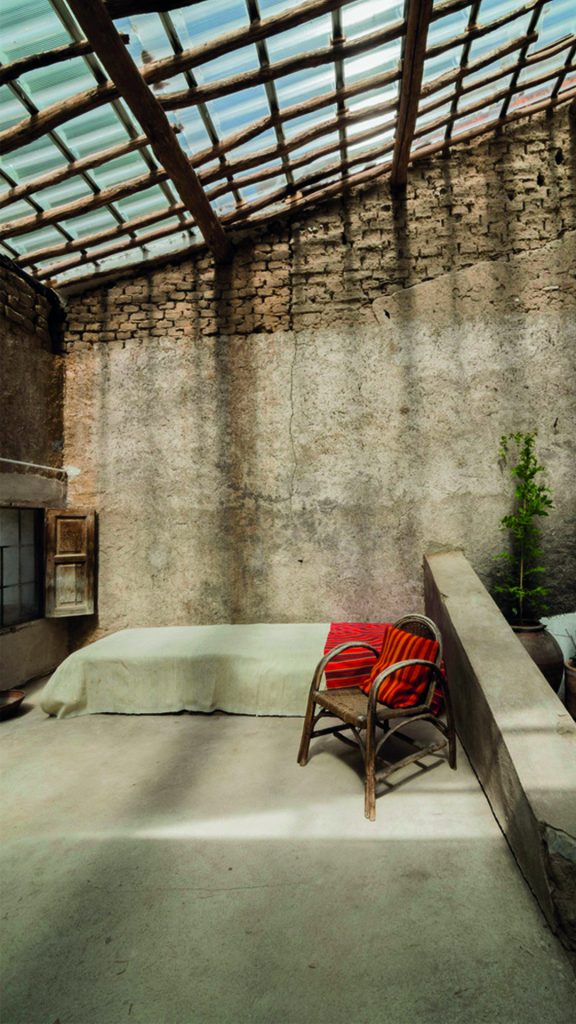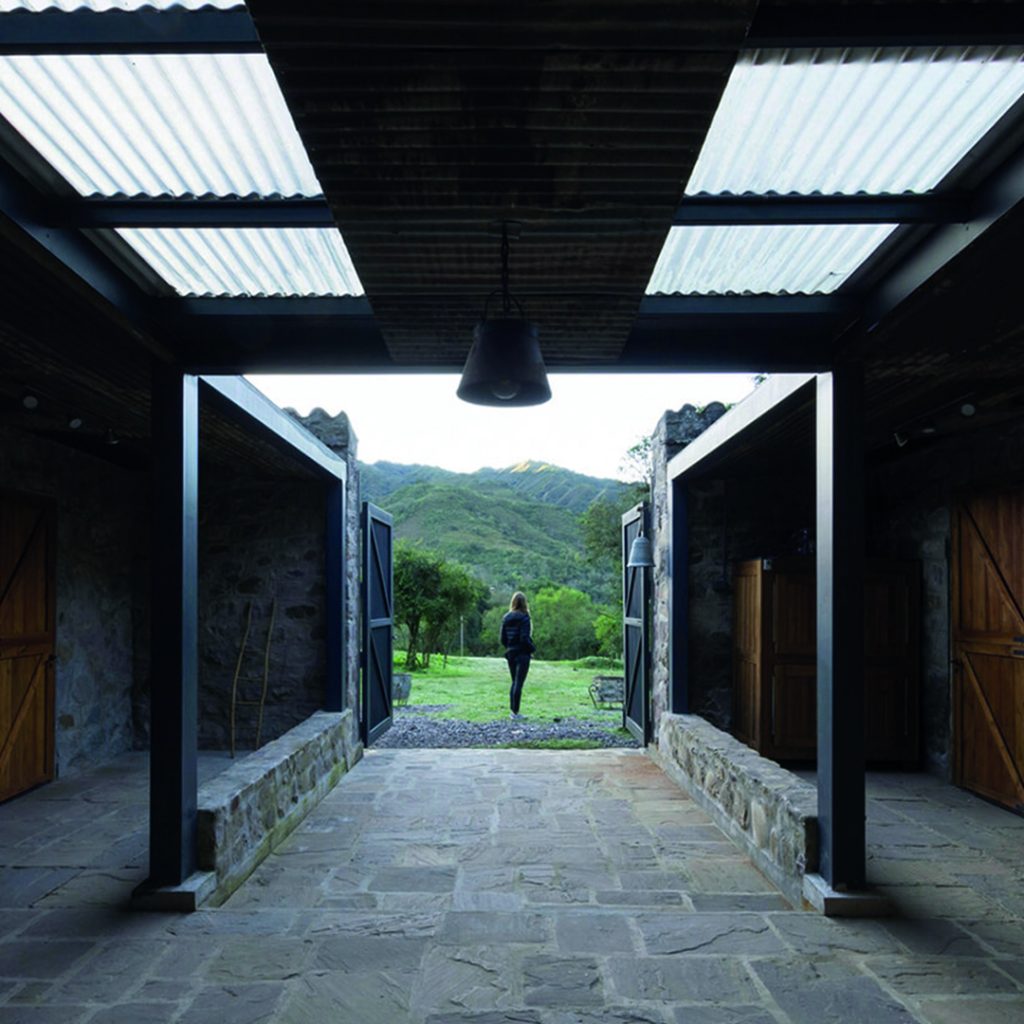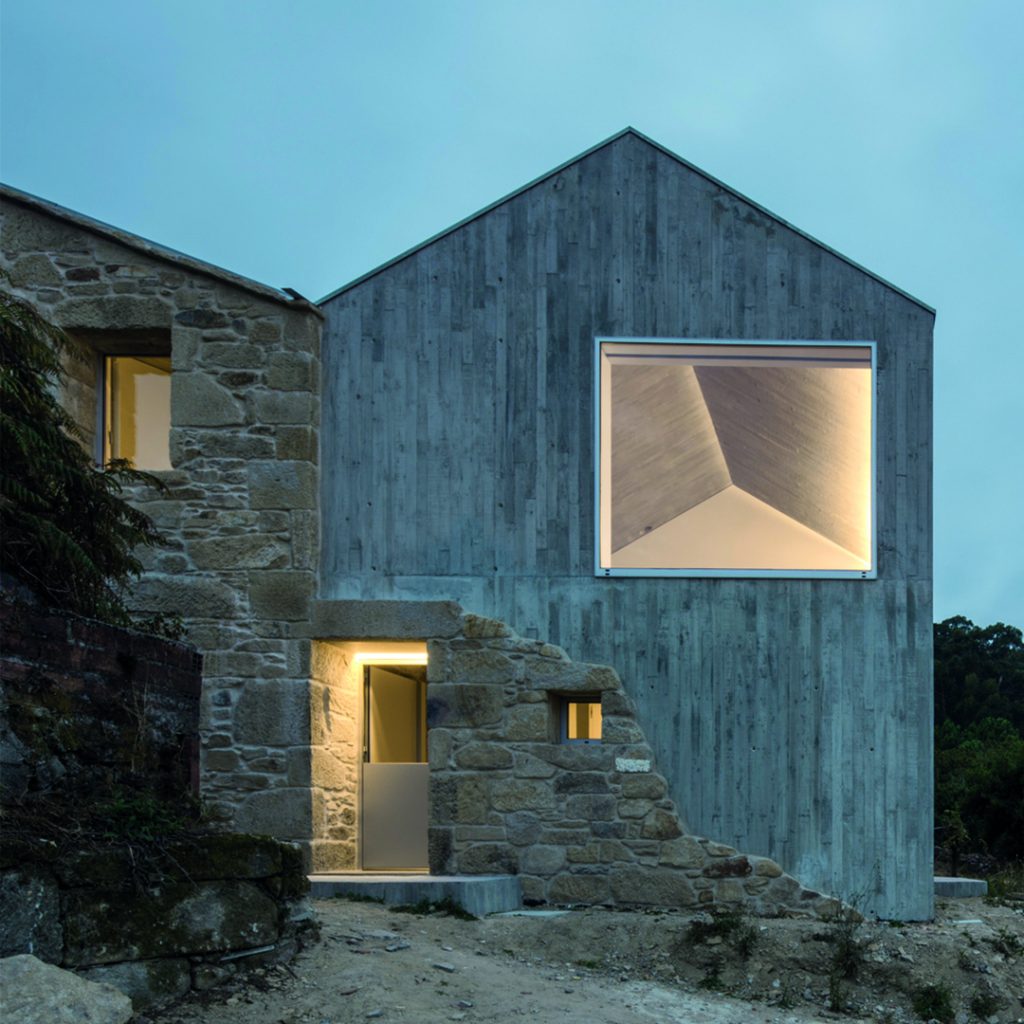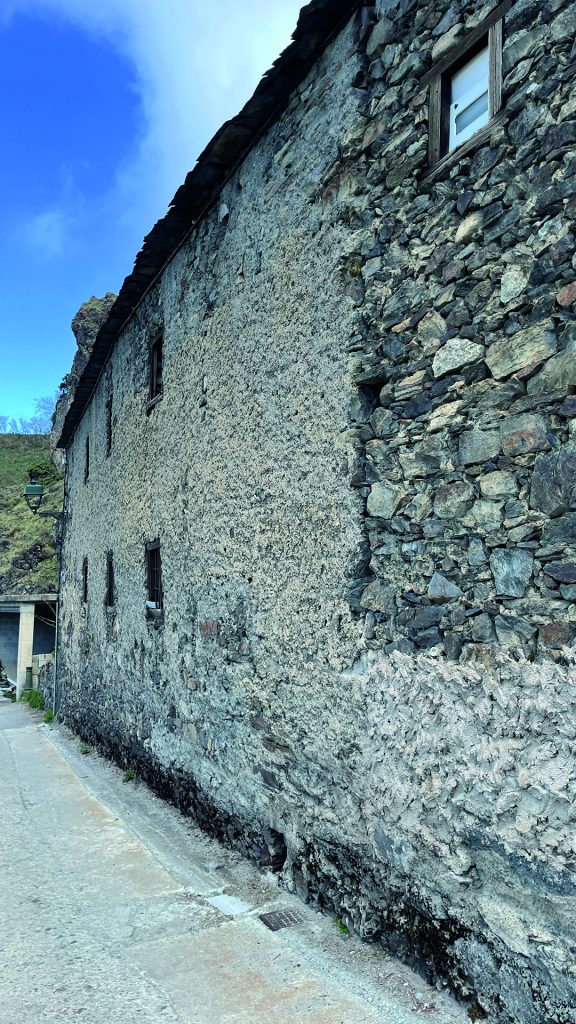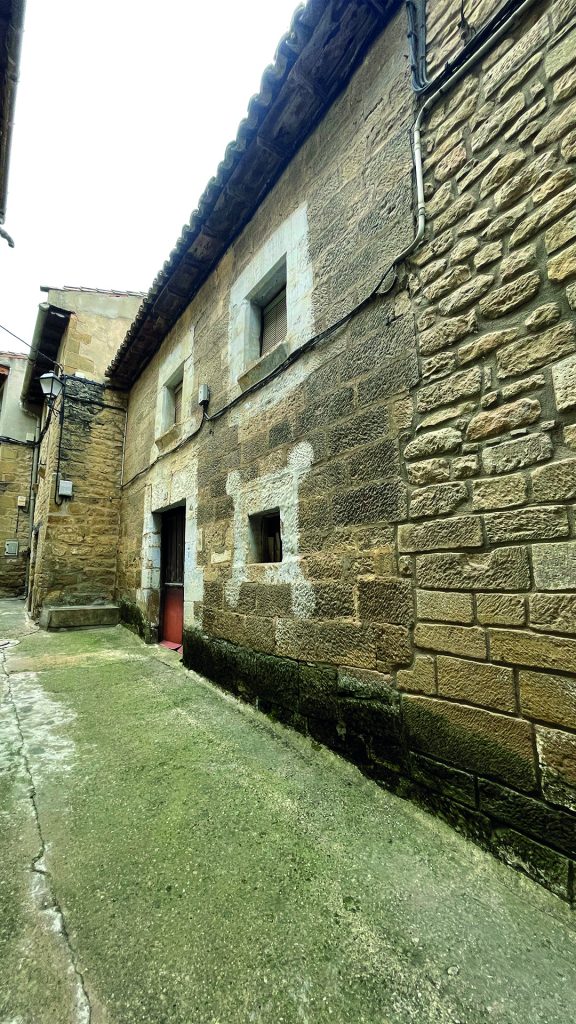“Why should change be feared? All life is change.” Herbert George Wells, British novelist.
The global Coronavirus pandemic in 2020 was a historic milestone that undoubtedly brought changes in the way we live, interact and work. Many people understood this event as an opportunity for change, and after the confinement, many families reconsidered whether they really wanted to live where they were living, which led to an increase in home renovation projects.
Rehabilitation of a farmhouse in the Empordà, Gerona. ARCHITECTURE-G
Rehabilitation and change of use of a barn into a house, Madrid. G+F Architects
Locked within four walls, this is how we spent 99 days of confinement in Spain. A situation that allowed us to relate directly with our homes. Life goes on even if you can’t leave your home, thus giving rise to the normalization of something we have been seeing for some time: teleworking.
We were all familiar with the idea of meeting by video call, but it wasn’t until the need arose to transform many work models to the digital medium that we considered it as a reality. This added to how we have become more connected to our homes, propose an alternative to housing in the city, a new rural exodus. This is not the only factor for the increase in the number of people who decide to move to rural areas, but we can admit that when your job no longer depends on where you live, there are endless possibilities where you can have your dream home.
Casa las Caballerizas, Argentina. Carolina Vago Architecture
Rehabilitation of a single-family house, Miraflores. Fuertespenedo architects
We should ask ourselves a few questions…
Who wouldn’t like to have their job in Zaragoza but telework and live in a small coastal town in Alicante? Or having your job in Alicante and being able to live in an inhospitable village in the Aragonese Pyrenees?
The new digital nomads offer an opportunity for change in architecture in our country. Why build new construction when we have an enormous amount of abandoned heritage? The rural environment offers benefits that are not available in urban metropolises and that teleworking has brought to light. In some cases, the transformation does not have to come from the hand of architectural firms. Some interesting examples are Griebal and Isín, two abandoned villages in the province of Huesca, which have regained their life through both private enterprise and collective effort.
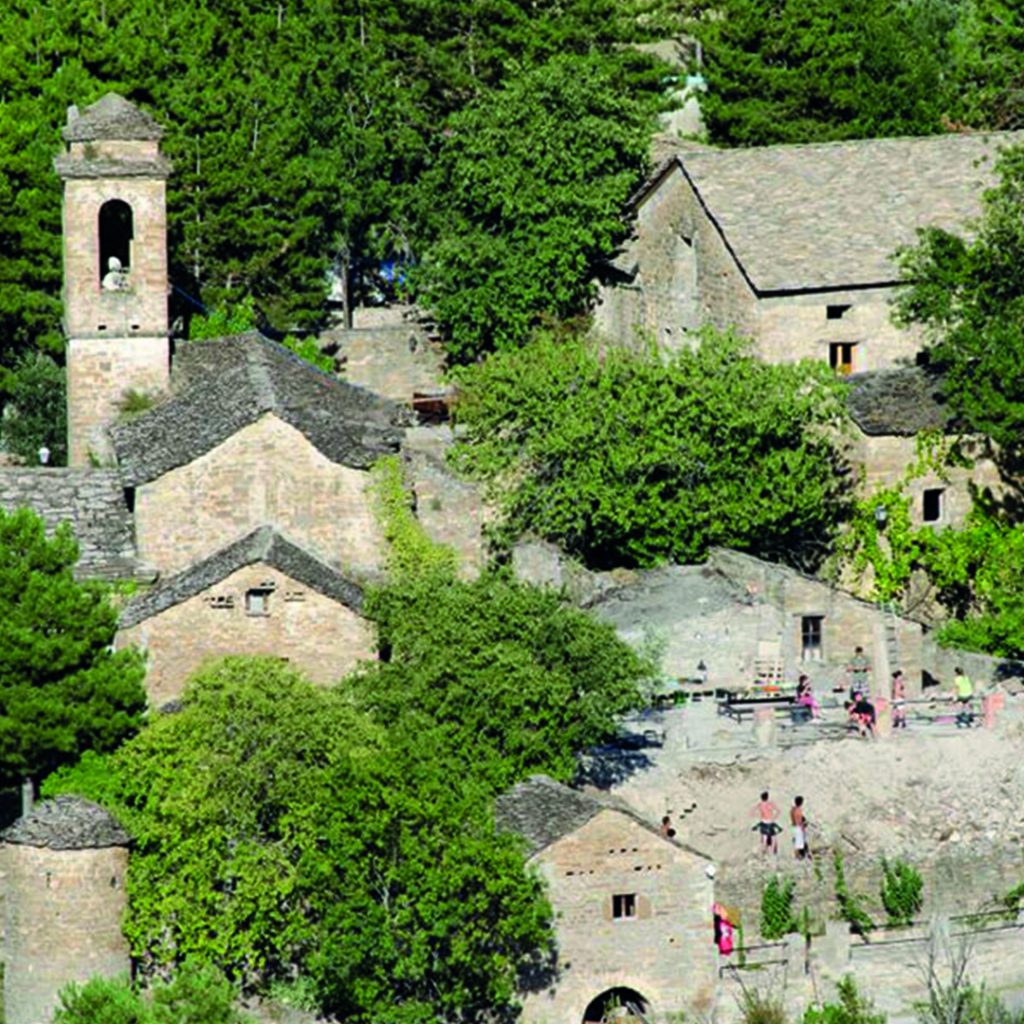
Griebal, Sobrarbe (Huesca)
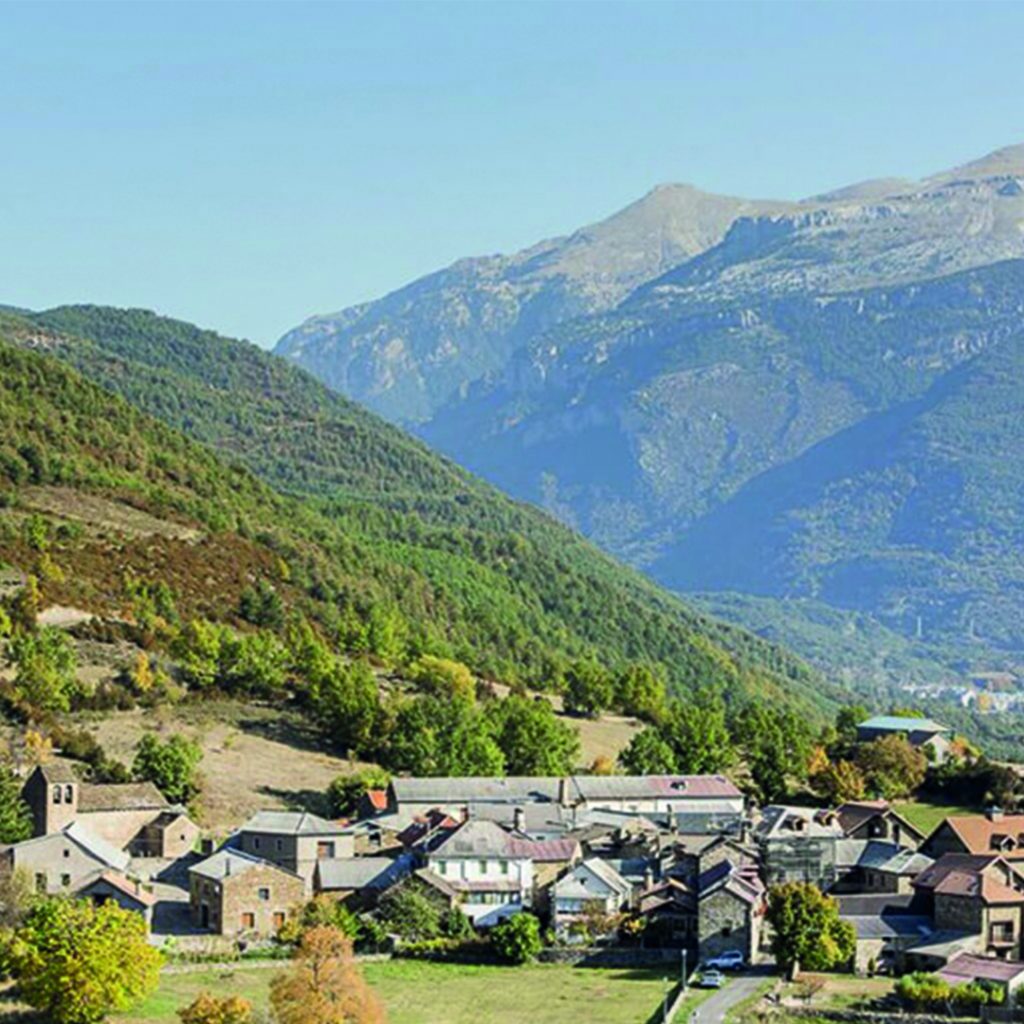
Isín, Sabiñánigo (Huesca)
In the last few weeks we have shown you several projects we have in hand in the studio where families have given us the incredible honor of rehabilitating their heritage. People like Martina and Andrés who, thanks to teleworking, can live in Uncastillo (Zaragoza) with the beautiful project of rehabilitating a house of the old Jewish quarter (we are talking about more than 700 years old) or Dani and Lara who want to rehabilitate a family borda of more than 200 years in Arres (Aran Valley), with an idea of returning to the origin thanks to the opportunities offered by the new digital era and teleworking.
At Cronotopos we love this kind of projects, as they perfectly match the concept of the studio: the changes in the TOPOS produced through the CRONOS.
Written by Miguel Barriendos García, published by Cronotopos.

